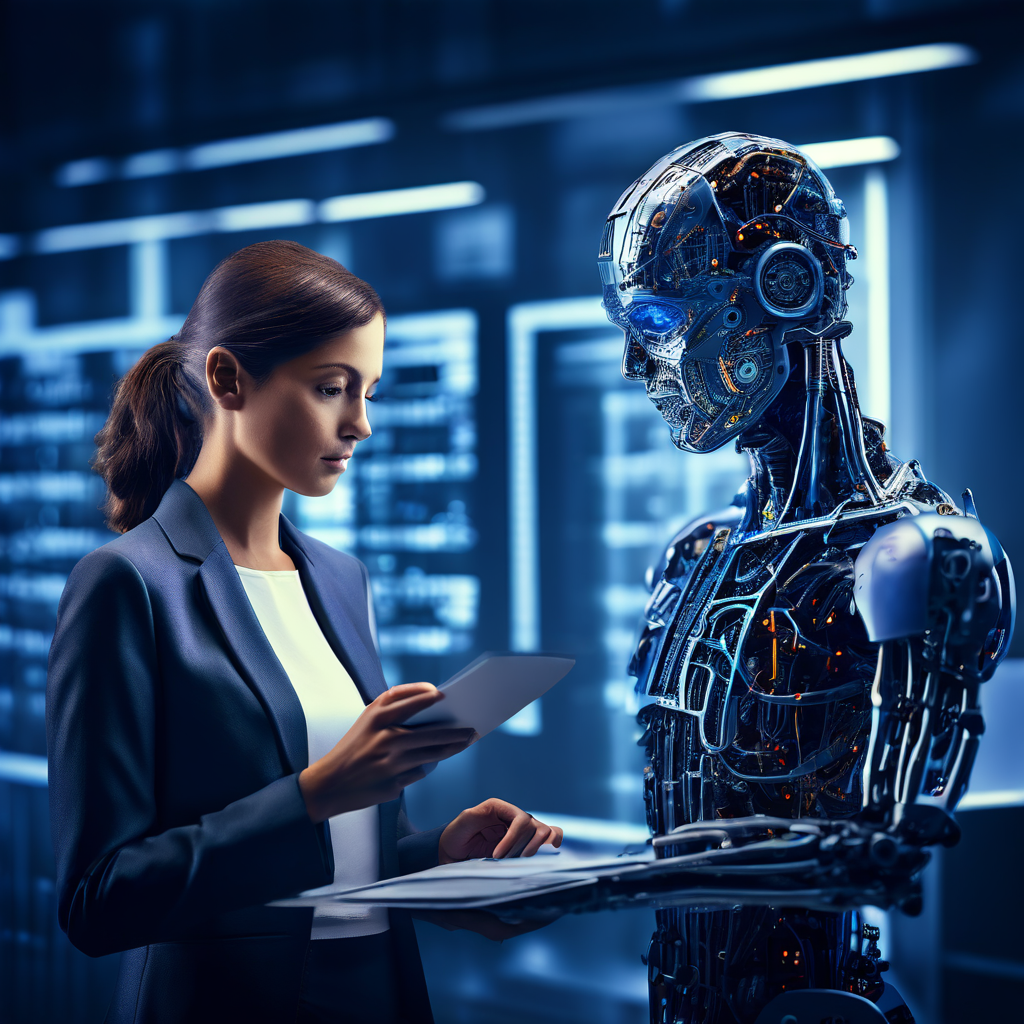
AI workflow automation and traditional workflow automation differ significantly in their capabilities, methodologies, and outcomes. Here’s a detailed comparison based on the provided sources:
Traditional Workflow Automation
Definition and Functionality: Traditional workflow automation involves using predefined rules and conditions to automate repetitive tasks within a business process. It relies on programming and APIs to integrate different systems and execute tasks without human intervention. This type of automation is designed to increase the speed and accuracy of workflows by following a set of instructions embedded in the code.
Key Characteristics:
- Rule-Based Execution: Traditional automation operates based on fixed rules and conditions. It can only perform tasks as per the stored procedures and requires human intervention for any modifications or exceptions.
- Limited Adaptability: Traditional automation systems are limited by the capacities of programmers to embed instructions. They cannot learn or adapt to new scenarios without reprogramming.
- Efficiency in Repetitive Tasks: It excels in automating well-defined, repetitive tasks such as data entry, scheduling, and standardized customer communications.
Examples:
- Automating data entry from one system to another.
- Creating tasks from emails in project management software.
- Generating invoices from sales transactions.
AI Workflow Automation
Definition and Functionality: AI workflow automation leverages artificial intelligence, including machine learning and cognitive technologies, to automate and optimize complex business processes. It goes beyond executing predefined tasks by incorporating learning, adaptation, and decision-making capabilities.
Key Characteristics:
- Cognitive Capabilities: AI workflow automation can analyze data, recognize patterns, and make decisions autonomously. It adapts and improves over time, learning from new data and experiences.
- Advanced Decision-Making: AI can handle more complex and dynamic tasks that require understanding context, predicting outcomes, and making informed decisions.
- Enhanced Efficiency and Accuracy: AI-driven automation not only executes tasks but also continuously searches for inefficiencies and errors, correcting them autonomously.
Examples:
- Converting emails and form fills into service requests and routing them to the appropriate person.
- Using predictive analytics to forecast sales and optimize inventory management.
- Employing natural language processing (NLP) to understand and respond to customer inquiries in real-time.
Comparative Analysis
Adaptability and Learning:
- Traditional Automation: Limited to predefined rules and requires reprogramming for any changes.
- AI Automation: Continuously learns and adapts, improving its performance over time without the need for explicit reprogramming.
Complexity of Tasks:
- Traditional Automation: Best suited for simple, repetitive tasks with clear rules.
- AI Automation: Capable of handling complex, multi-step processes that involve decision-making and adaptation.
Integration and Scalability:
- Traditional Automation: Integrates systems using APIs and programming, which can be time-consuming and less flexible.
- AI Automation: Integrates seamlessly with various digital tools and scales efficiently, enhancing overall business agility and productivity.
Examples in Practice:
- Traditional Automation: Automating routine tasks like data entry, invoice processing, and task creation from emails.
- AI Automation: Automating customer service with chatbots, predictive maintenance in manufacturing, and real-time data analysis for strategic decision-making.
In summary, while traditional workflow automation focuses on executing predefined tasks efficiently, AI workflow automation introduces a transformative dimension by enabling machines to think, learn, and make decisions autonomously. This results in more intelligent, adaptive, and efficient workflows that can significantly enhance business operations and drive innovation.